Flower Glossary is reader-supported. When you buy through links on our site, we may earn an affiliate commission.
Asia is one of the largest parts of the world and is home to some of the most unique and beautiful landscapes, some of which can’t be found anywhere else.
It stands to reason that this part of the world would be home to some of the most stunning flowers, prized for their vivid beauty as well as their cultural and historical significance.
Asia is home to some of the most ancient and interesting cultures, many of which outdate western culture by thousands of years.
This has led to the passing down of many wonderful cultural traditions and a lot of these are tied directly to the stunning flora of the Asian continent.
We’re going to look at 10 of the best Asian flowers and also explain a little about their cultural significance.
Table of Contents
1. Cherry Blossoms
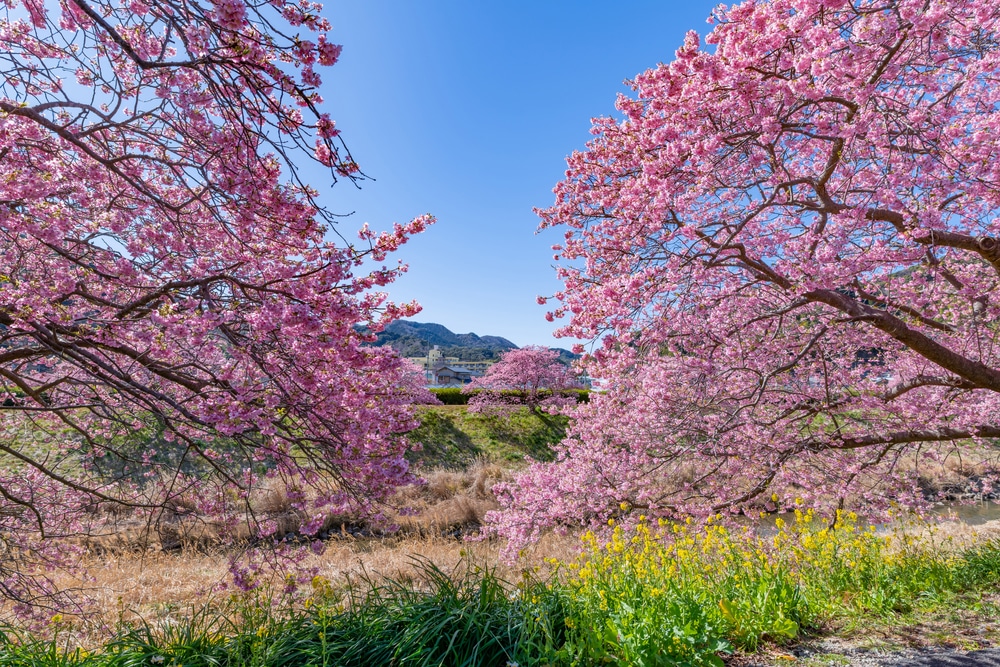
One of the most famous and beautiful flowers in Asia has to be the Cherry Blossom, which has become particularly associated with Japanese culture and aesthetics.
These flowers bloom in the spring and inspire much joy and even cause tourists to flock to see the beautiful petals being carried on the wind. The flower is typically a gentle pink or white color and represents rebirth and fresh beginnings.
A custom in Japan known as ‘hanami’ literally means ‘blossom watching’ and is a pastime that has existed for thousands of years and is a testament to the enduring appeal and spectacle these blossoms provide.
2. Lotus Flower
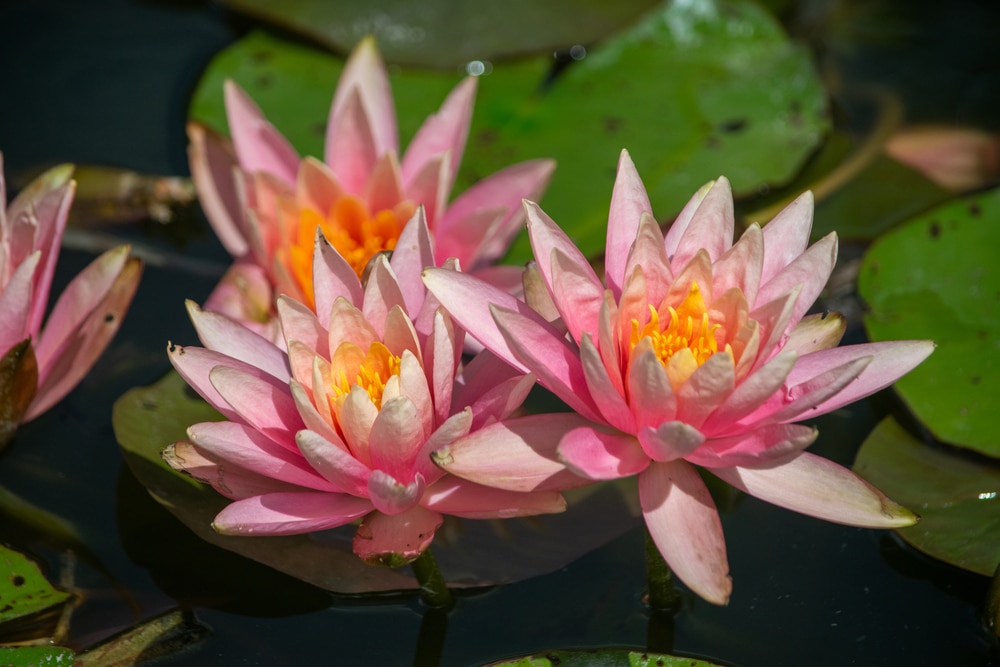
Lotus flowers grow throughout Asia and are very popular flowers often associated with Buddhism and Hinduism. The flowers typically grow in wet environments and can spread across the surface of the water in a similar fashion to water lilies.
This flower is actually quite hardy and can withstand a fairly wide range of temperatures, making it surprisingly easy to grow, explaining its ability to grow in various areas of the continent.
They tend to be light pink in color with long stems and large lush leaves and a large seed pod.
The lotus typically represents enlightenment, consciousness, purity, and rebirth.
3. Siamese Tulips
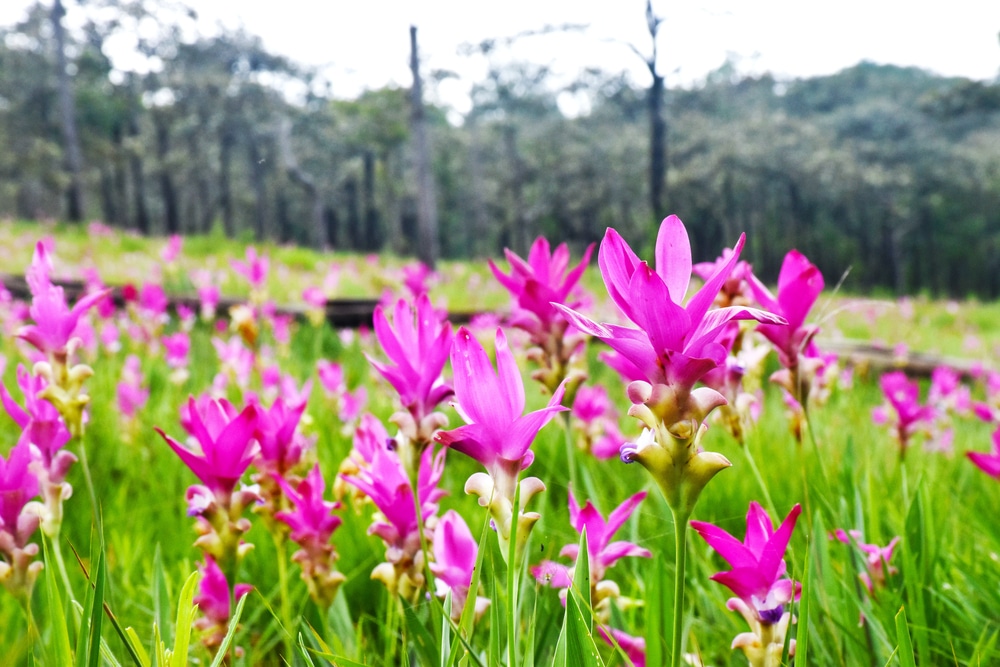
This is a very popular flower in southeast Asia and is recognized quite easily by its deep purple flowers and leafy stem.
This is a flower that blooms at the beginning of the rainy season leading to a sudden explosion of color between the months of June and August. The flower is celebrated for its beauty and represents hope, future prosperity, new growth, and love.
4. Frangipani
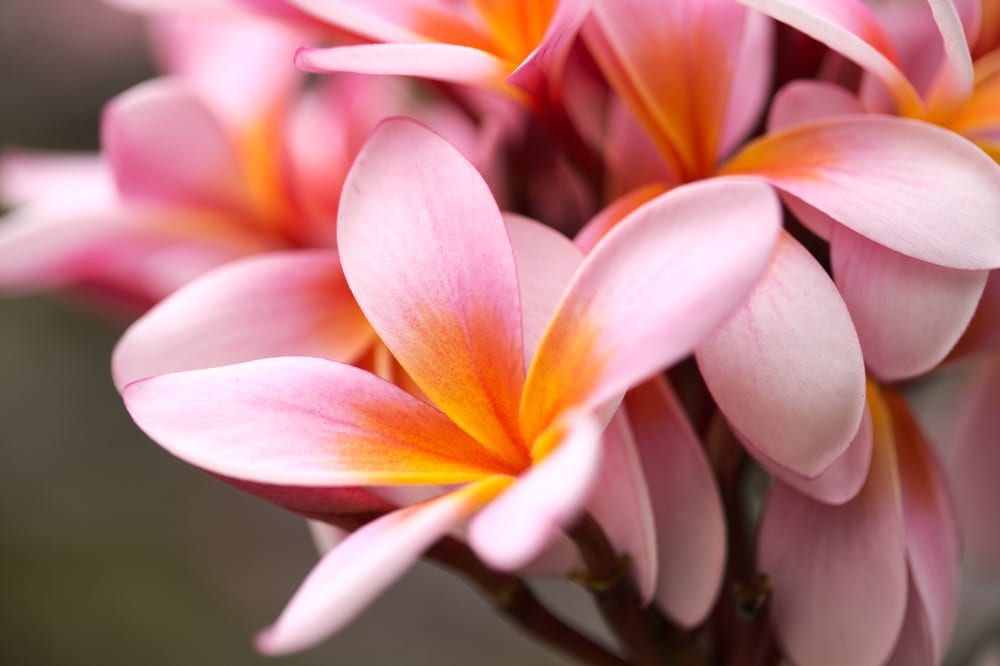
The Frangipani is a very beautiful flower with a relatively small and delicate blossom that comes in a variety of colors but can most commonly be seen in pink, white and yellow.
The flower has a rich history and is used in many rituals thanks to its sweet aroma.
Some believe that the trees these flowers grow on harbor spirits and ghosts so the flowers may be associated with bad luck or uncertainty in some parts of the continent, which explains its use in spiritual ceremonies and rituals.
5. Azalea Flowers
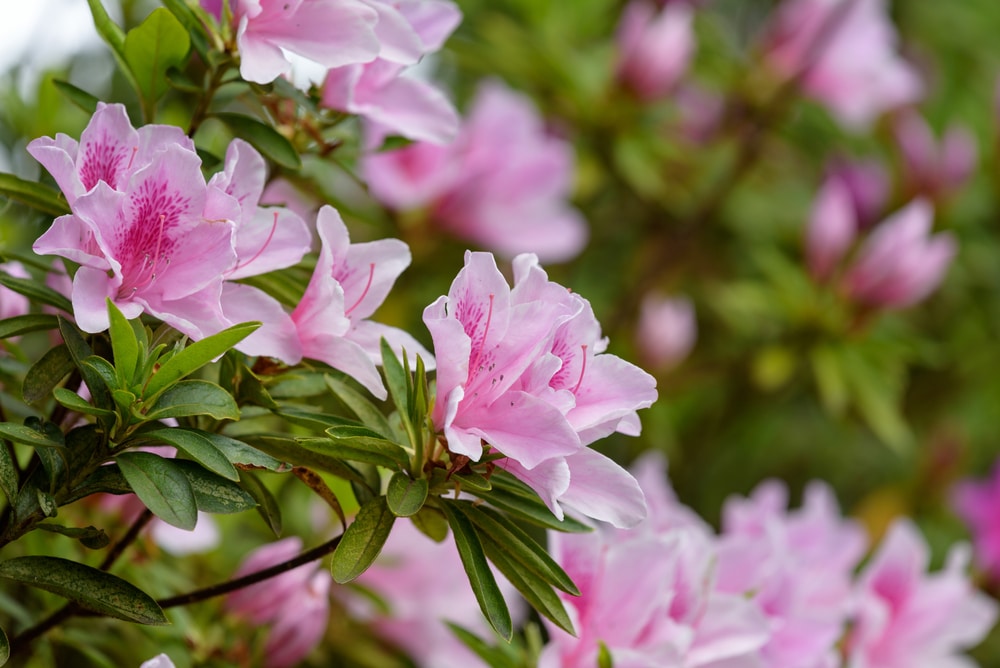
The Azalea is a flower which blossoms in the spring and comes in various colors from red and white to pink.
They have an interesting history due to their poisonous nature, and at one point it is said that they were so infamous for their poison that to be sent a bouquet was a death threat.
In Chinese culture, the flower is known commonly as the ‘thinking of home bush’ or Sixiang Shu, and was popular in the poetry of Du Fu.
The fact that the flowers blossom for many weeks means that they are also associated with prosperity, happiness, and good fortune in certain areas.
6. Jasmine
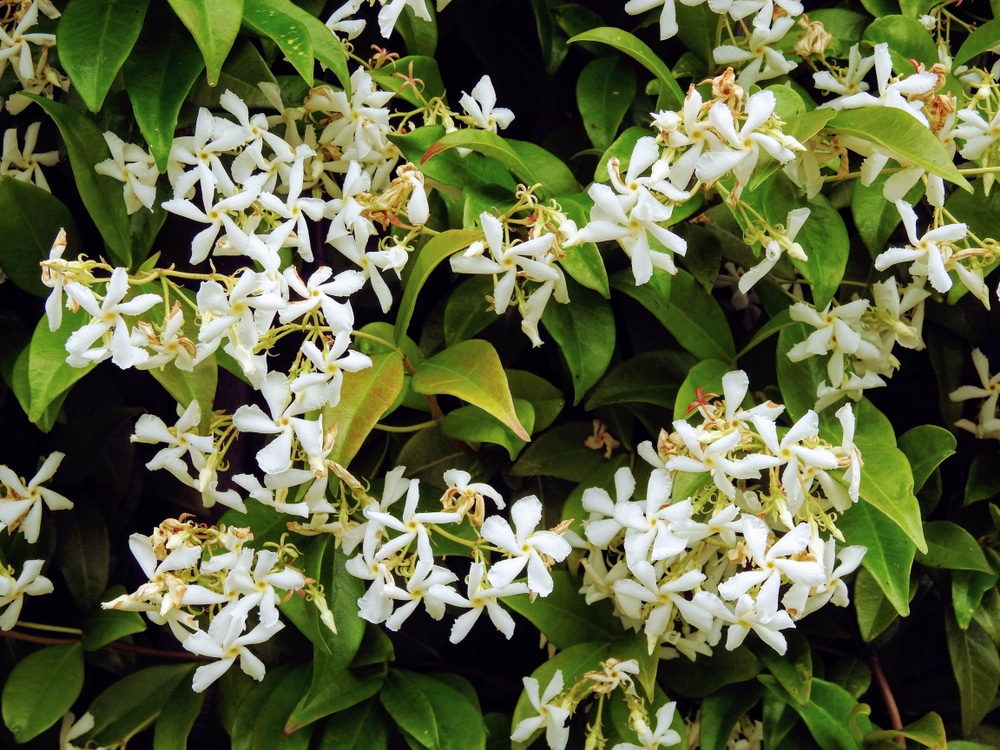
Jasmine is famed for its sensual aroma and is easily recognized by its lush green leaves and small white flowers. It’s quite likely that you’ll be able to smell this flower before you see it, however!
The flower is used in various offerings in different religions, and also often used as a decoration or a gift to elder family members.
Culturally this flower represents gentleness, purity, and the love of mother and child.
7. Peony
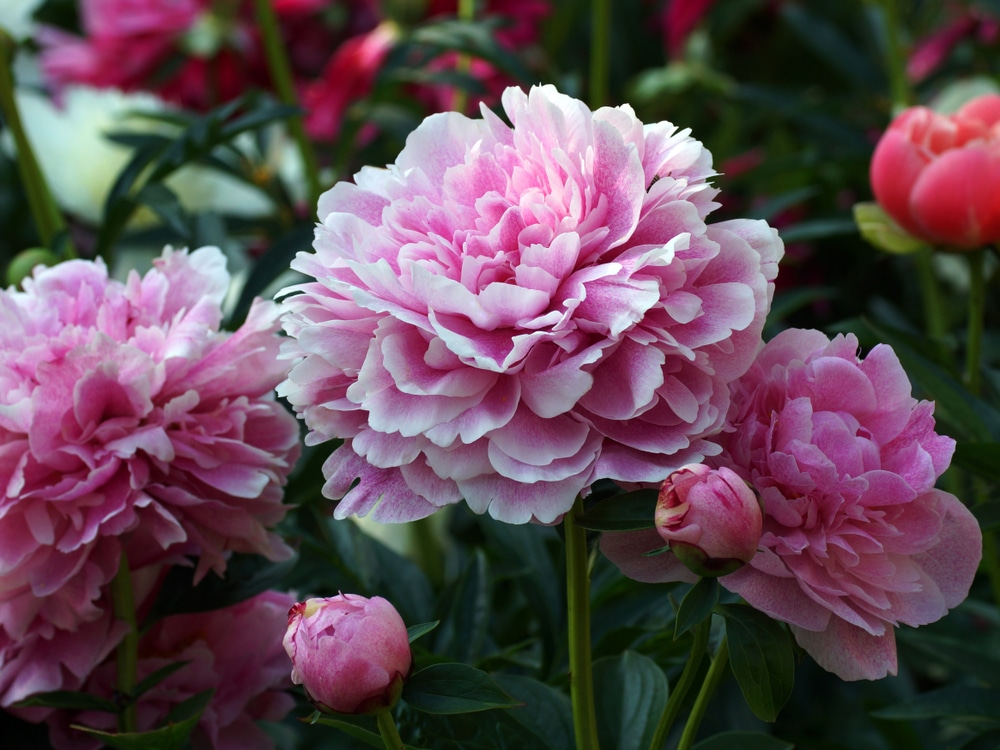
Peony’s are mainly found on the Chinese subcontinent and are an unofficial national flower.
Its flowers are often purple and gentle pink with bright yellow centers. Culturally this flower represents riches and honor and is depicted extensively in Chinese artworks throughout history.
8. Chrysanthemum
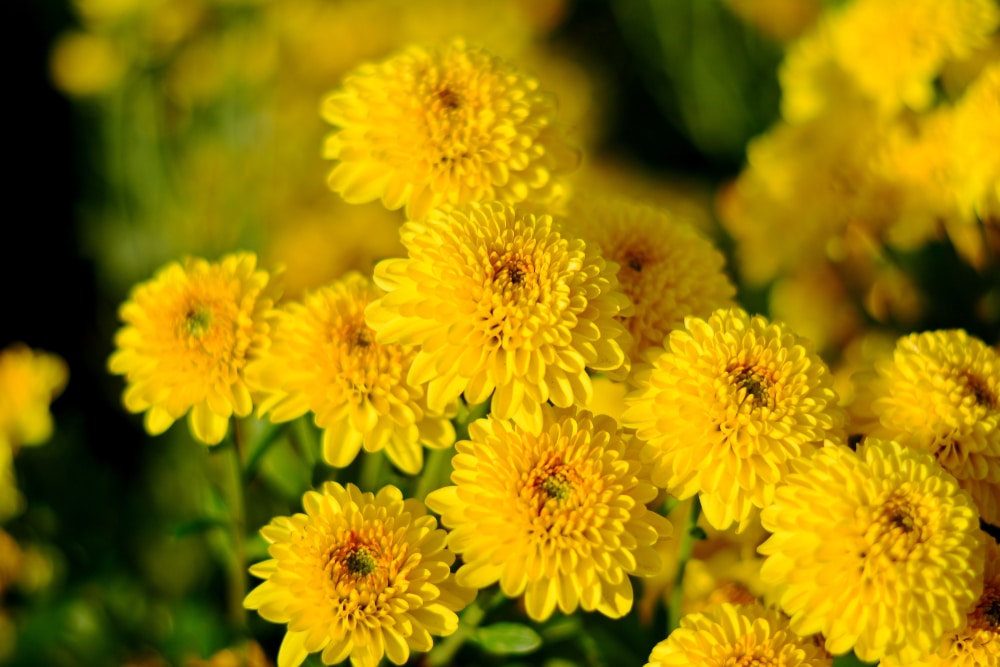
Chrysanthemums are actually a flowering herb, however, they are often thought of as a flower. They have been used a lot in Asian traditional medicine and the flowers are traditionally a deep and vibrant yellow.
They can be found in multiple colors these days and in various sizes due to vast cultivation.
This flower represents devotion, loyalty, and longevity.
9. Hibiscus
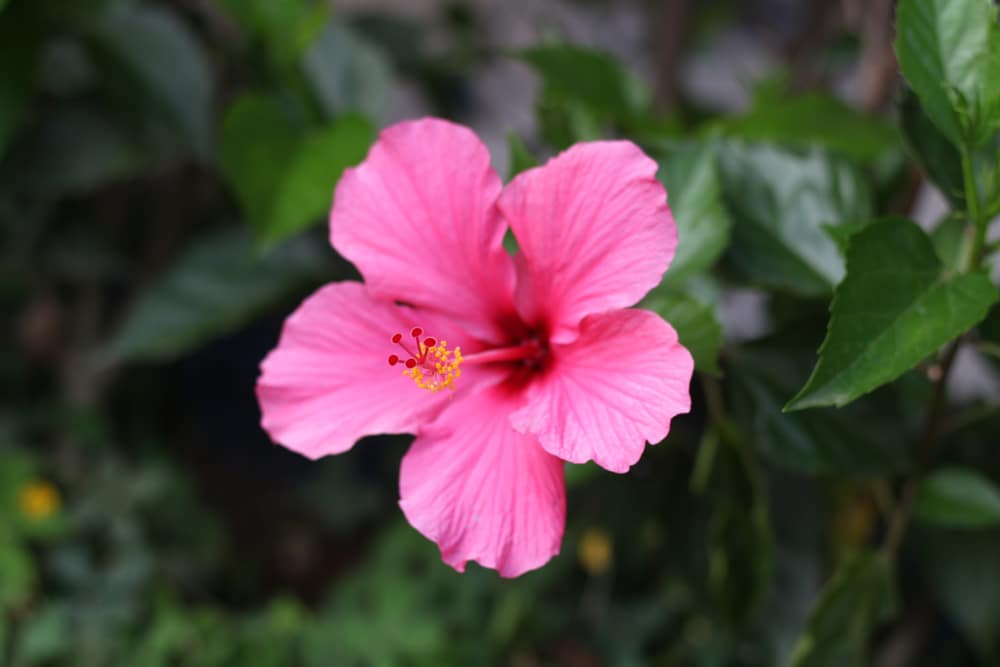
The hibiscus flower can be found in many different colors however purple is probably its most common shade. It’s quite a small flower with a trumpet-shaped blossom.
This flower is commonly associated with fame, wealth, glory, and success, however, it can also be seen as a symbol of temporary success and fading beauty due to the fact that this flower is relatively short-lived.
10. Osmanthus Flowers
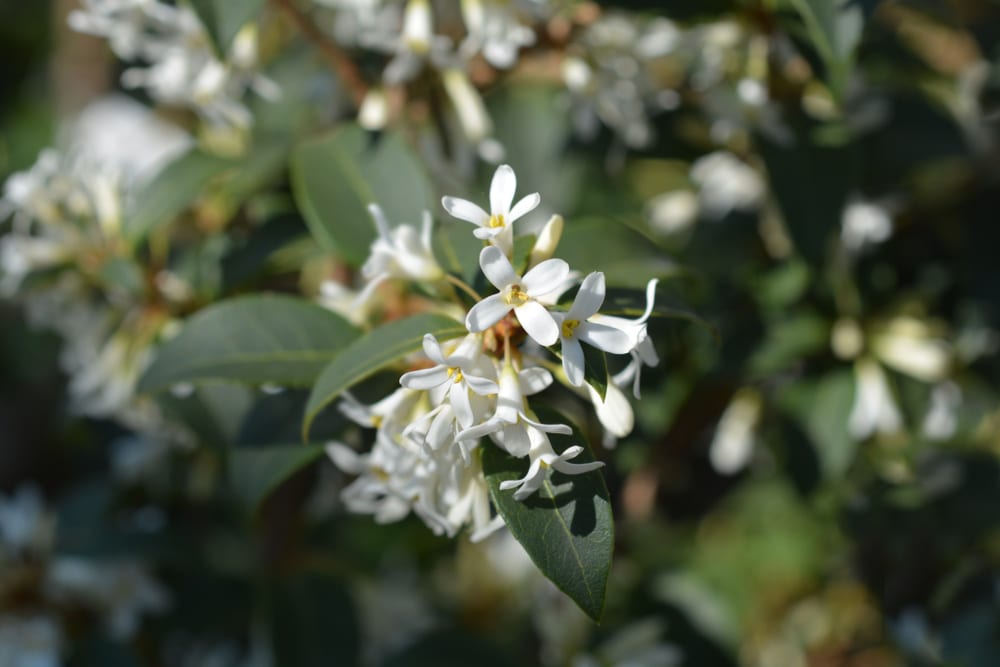
Osmanthus flowers are one of the most popular flowers in China and are a flower that has been the subject of much Chinese poetry and writing. It is also frequently used in Chinese food and tea as well as to produce ‘reunion wine’ which is consumed with family members.
The flowers are typically very small and white, with a tiny fruit that contains a solitary seed, however, the tree itself can grow to a very impressive size.
Culturally the flower has associations with the moon, with a belief that an Osmanthus actually grew on the moon and was maintained by a mythological figure known as Wu Gang.